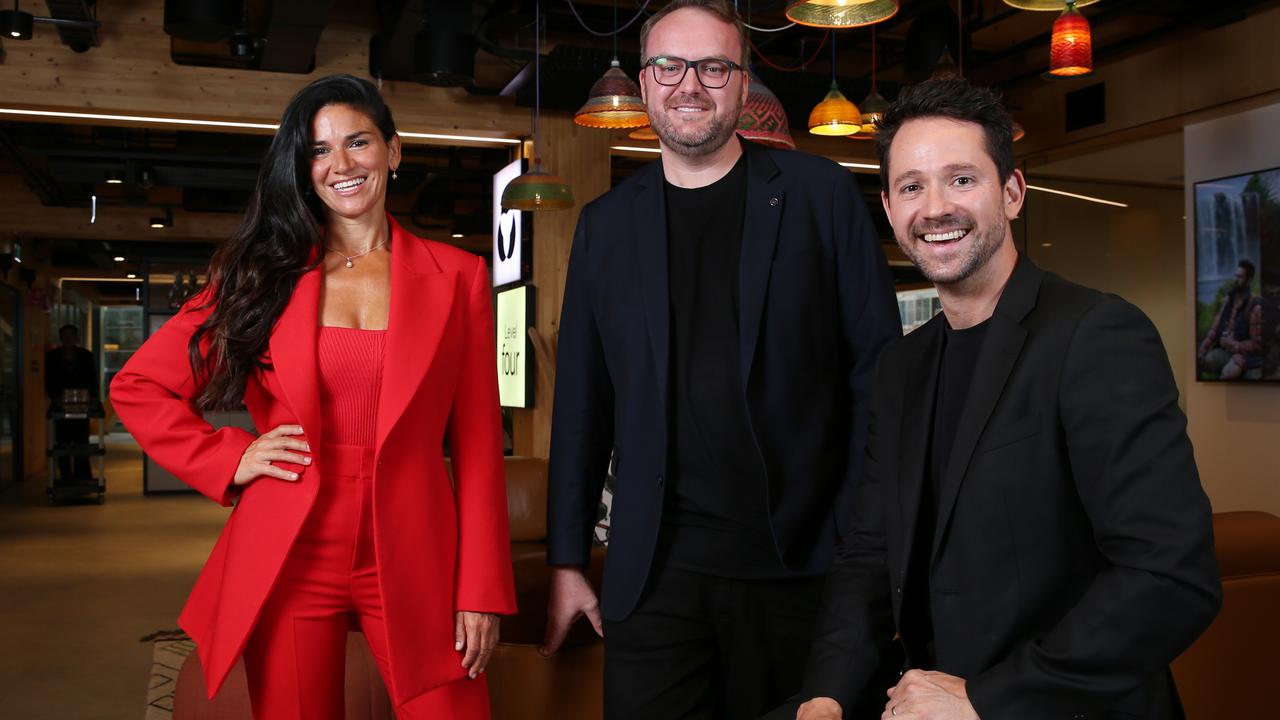The Volte cracks code to a profitable circular fashion model
As the demand for sustainable fashion experiences steps up, peer-to-peer online fashion site The Volte is showcasing how circular fashion models can help brands grow.

Australian fashion rental business The Volte is set to launch its peer-to-peer platform in the UK, as it leverages the popularity of the circular fashion model to drive growth internationally.
Coined “Airbnb for fashion”, The Volte, which launched in 2017, attracts more than 300,000 active monthly users who browse over 70,000 listings and generate more than 5000 monthly orders. It has been one of the fastest-growing fashion businesses in the country since experiencing “exponential growth” after Covid and has signed a partnership deal with eBay, after the corporation’s venture capital arm eBay Ventures led The Volte’s Series A capital raise last year.
The UK launch is the first international expansion from the business and has been accelerated by the eBay partnership. It comes as the demand for sustainable fashion experiences increase as consumers become more conscious of the environmental impact of fast fashion and cost-of-living pressures affect the way people think about occasion wear.
The Volte’s chief strategy and brand officer, Kellie Hush, told The Growth Agenda the current market conditions had created “a perfect storm” for the fashion business, which enables people to borrow and lend designer fashion items via an online marketplace.
“When you look at how young people shop now, lots of them are op-shopping. For young consumers the first option is to buy second-hand and not to buy something new, and they have no problem with renting,” said Ms Hush, a fashion expert with two decades of experience in the industry and previous roles including editor-in-chief of Harper’s Bazaar and Grazia, as well as serving as co-chair of the Australian Fashion Council.
“There is also a lot of noise about being a conscious fashion consumer and greater awareness of just how much the world is polluted by the production of fashion. I think there are quite a few shifts happening at the moment, which has created a perfect storm in this category.
“I do think this is the way of the future.”
Unlike other rental sites, such as Rent The Runway, The Volte’s peer-to-peer model means the business does not own stock and makes money from the fees for lending and borrowing. However, the brand has also introduced an innovative layer to the model, which sees it pay royalties to brands that choose to partner with The Volte. The business is currently testing an API that allows consumers to save product information from partner brand sites directly to their The Volte account, when they purchase new items. The API is currently in a pilot with designer brands such as Alemais, Ginger and Smart and KitX.
“In terms of working with brands, we’re essentially saying, come and work with us, and we’ll pay you a royalty,” Ms Hush said.
“Businesses need to be planning for how their business enters the circular economy.”
Ms Hush said fashion businesses could not avoid the circular economy and, as more legislation was introduced, the brands would become more responsible for their products beyond the purchase point. “Circular fashion business models aren’t going anywhere,” she said.
“If you look at the data, there’s just exponential growth. If you look at the new players globally that are coming to compete with eBay, even in that resale space, it’s highly competitive. It will come down to who does it best. That’s why having a really clear USP has been great for The Volte. You don’t come to us for everything, you come to us for occasion wear.
“There will eventually be legislation that businesses can’t just produce products, then sell it and not worry about where it ends up. They will have to report on where their products and garments end up.
“The question for a lot of big brands right now is how can a circular business model actually make money for your business? And that’s what we’re working on. We have brands that are already making money out of our platform by doing nothing other than selling that first garment and being a great partner. What we are providing is a circular economy solution, which essentially is free. There are brands that have earned more from the royalties through our API than from the original sale.”
It’s not just the brands that are making money. Super lenders on The Volte can make between $50,000 and $100,000 a year.
In a further boon for fashion brands, The Volte also serves as a sticky platform, with data revealing people who borrow an item will return again and then go on to become a lender. Ms Hush said the business had learned from talking to its lenders that The Volte also helped people discover new brands and drove purchases.
While the business is achieving strong growth, it still has work to do to create widespread awareness among consumers. The Volte uses a mix of digital marketing, social media and influencer activity to drive awareness among consumers, as well as targeting and re-targeting strategies to engage with consumers post-purchase to drive interest in signing up to the marketplace. The Volte also signed on as a sponsor for Australian Fashion Week last year and used the event to leverage awareness among designers and consumers.
Ms Hush said The Volte also had a big project set to launch later this year as part of its eBay partnership that would drive further growth for the business..


